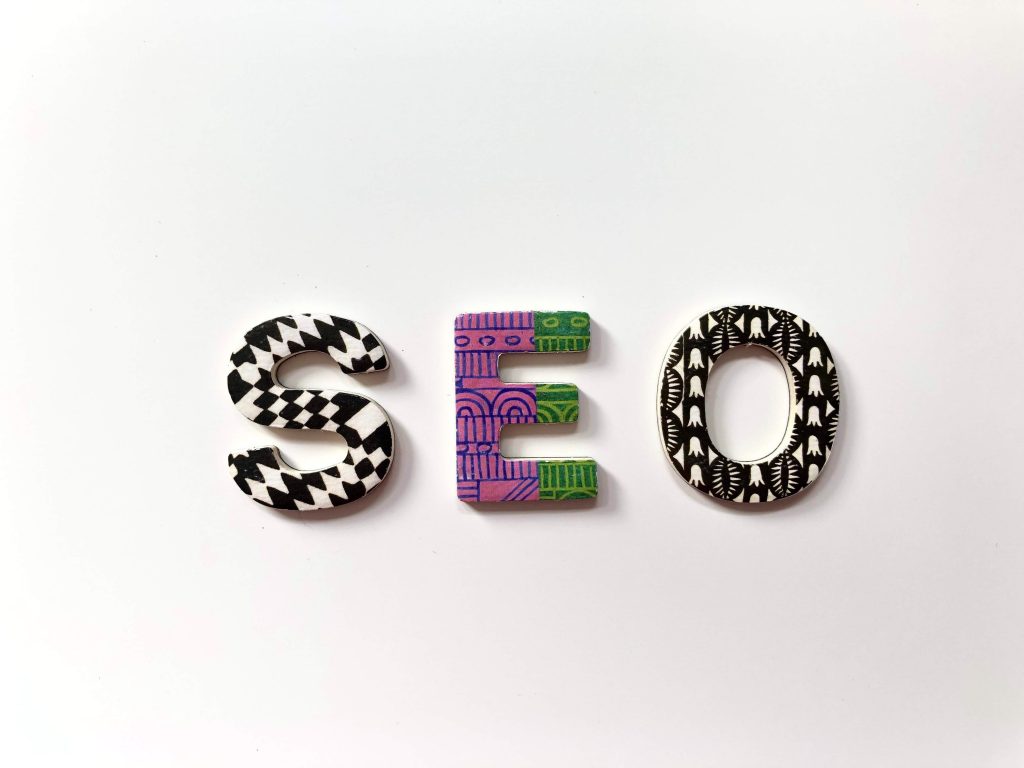Post Views:
86
So you wan to start a blog and be optimized as soon as possible. It’s not impossible if you make the right steps. That means you need to first be using WordPress. Second, you need to know what search engine optimization (SEO) is and how it will ultimately affect your progress. The good news is that, with WordPress, SEO is easier than ever to setup.
By learning the basic concepts of SEO, your optimization efforts will get much more streamlined. This will allow you to get more down in a shorter amount of time, leading to better results sooner.
Here are five things you must do to optimize your WordPress blog for SEO:
Domain Name
In the past, having keywords in your domain name and a .com at the end played a huge role in getting you seen. Thankfully, that trend has come and gone—but you still need a decent domain. Here’s why.
Brand recognition.
You will want a domain name that not only looks good, but it is easy to recognize, easy to remember, and isn’t complicated to write out. Branding is important to your business, after all. Just like SEO.
SSL Certificate
There are two reasons you want to snag an SSL certificate for your website if it doesn’t come included in the web host plan. First, having an SSL certificate offers you and your users a greater sense of security. Second, it’s a ranking factor. These days, a lot of firewalls and anti-virus software will even suspect a website is malicious if it doesn’t have https:// at the beginning of the web address.
In terms of SEO, you don’t want any points taken off your rank because you have an unsecured website. Also, having an SSL certificate is great for the user experience. It shows you care and have encrypted data for safer browsing.
Install The Yoast SEO Plugin
One of the greatest tools for WP is the Yoast plugin. Of course, a lot of people will simply install the plugin and think that it’s working optimally. There are multiple steps you need to perform.
Once you have downloaded Yoast, make sure it is active. Then, you need to go into the settings and get to work. The next thing you do is turn on the Google Search Console. This allows Google to crawl through your web pages and index them, making them easier to find in the SERPs. In the General settings, add your business info, including company name, blog, and other information.
This enhances the functionality of Yoast, and in turn, your SEO gets stronger too.
Titles and Meta Data
While we are still on the subject of Yoast, let’s turn our attention to another determining factor for SEO: your post meta data and titles. Usually, Yoast will automatically create meta data and titles so that search engines can find your posts. This includes some default tags that you should certainly use, but follow the advice of the Yoast experts, who are some of the top names in SEO.
But you still need to check out the Titles and Descriptions settings. This area lets you customize SEO for every page and post you have. Use the insights provided by the plugin to maximize the efficacy of the titles and descriptions.
Image Optimization
Images are usually an afterthought when it comes to SEO, but they shouldn’t be. There are components of every visual aspect that need to be considered, such as the alternative text (alt text) area of a photo. Go into the editing section of your photos—existing or newly uploaded—and fill out the alt text section.
You need to do this for accessibility and also for browsing through RSS readers. Make sure the text is descriptive instead of spammy. Be sure to include some keywords in the alt text as well, if possible. You can use the WP plugin called SEO Optimized Images to help.
Takeaway
There are plenty of steps you can take to optimize a blog for SEO, but when it comes to WordPress, you want to use the right plugins and settings to make things work correctly right from the beginning. There are dozens of ways to customize your SEO, but keeping the points mentioned in this article will set you off on the right foot.
Next thing to do is focus on off-site and on-page optimization! But that’s a whole other blog post.
